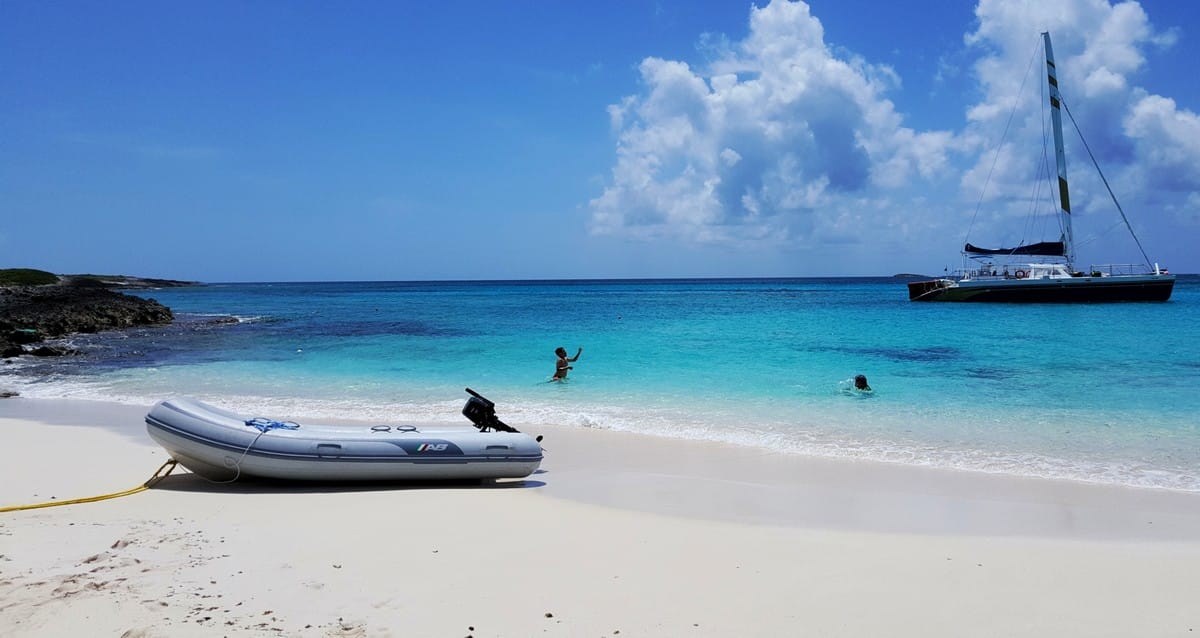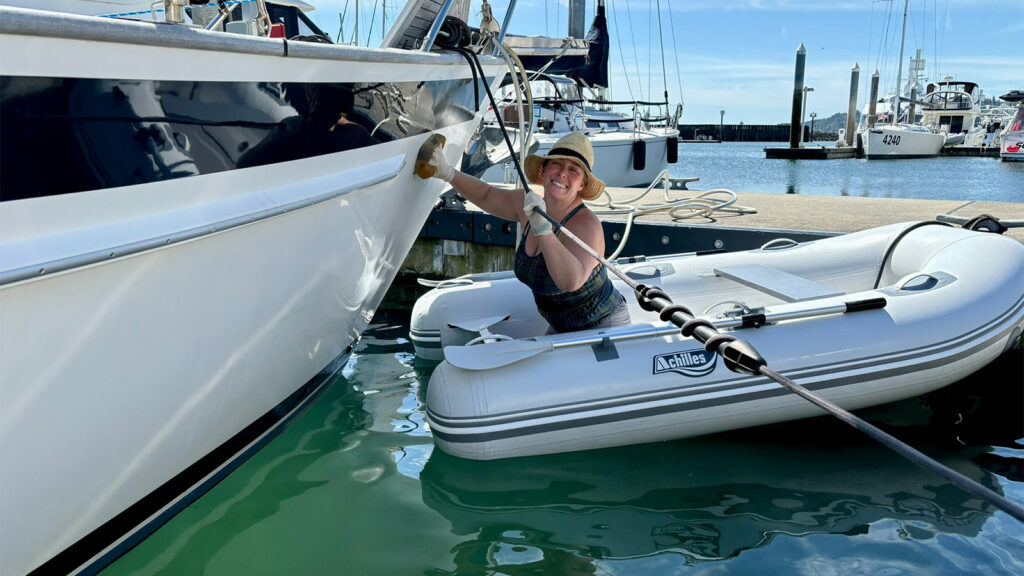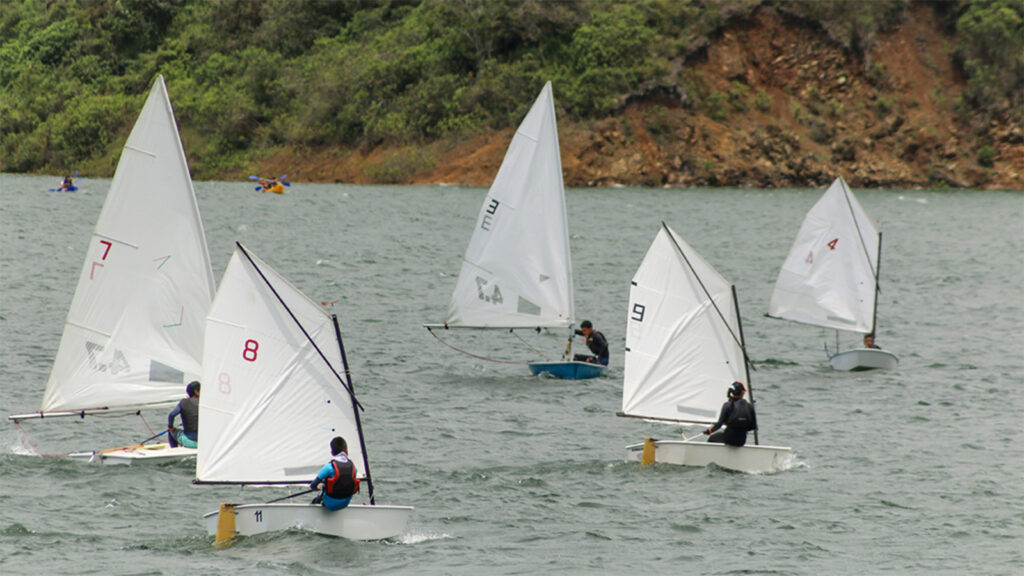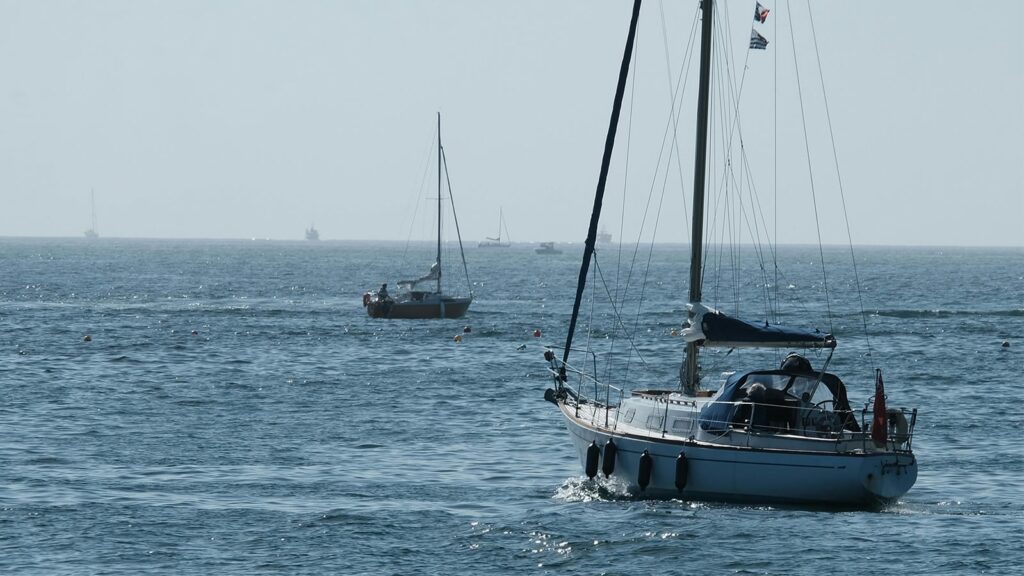Dinghies are an integral part of sailing for the charter customer or for the cruiser who hopes to step onto shore once they reach their desired destination. However, do you know the rules and the etiquette that are the best practices with regards to dinghy use?
Those sailors who have earned ASA 103 and ASA 104 certifications have learned about best practices when utilizing dinghies but it is always a good idea to brush up on what you should and should not do when operating a rigid-hulled inflatable boat (RIB) or a dinghy.
Before Your Charter Begins:
Inspect your dinghy. You are ultimately responsible for the safe operation of the dinghy and the safety of your passengers is the captain’s responsibility.
- Low inflation or excessive water inside may indicate a potential problem.
- Make sure the painter, the line for securing and towing the dinghy, is properly tied to the boat.
- Check the drain plug and make sure that it is securely in place.
- Check the outboard motor and make sure it is firmly attached to the transom. Is there a lock? Do you have the key?
- Check the fuel line and make sure it starts with ease. Does the outboard shift into gear, both forward and reverse?
- Check for lights. A powered dinghy is required to have lights. If lights are not present ask the charter company to supply them.
- Is there a type 4 Throwable PFD on board?
- Are there two oars?
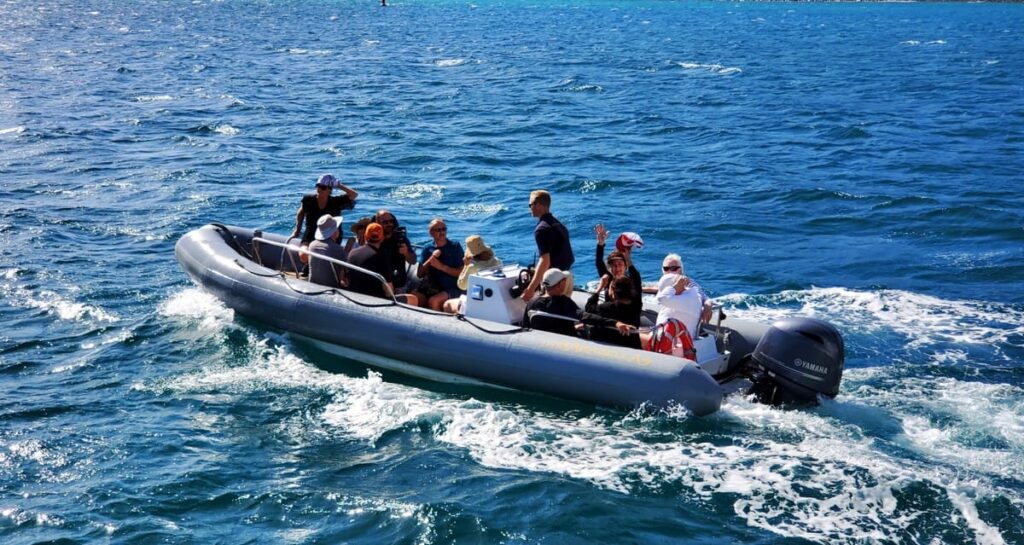
Operating the Dinghy Safely:
You should always be familiar with the operation of the dinghy before you embark on your charter. Practice before you have passengers and take some time to get used to its feel.
- Clip the outboard motor emergency stop to your wrist or clothing.
- Use extra caution if the dinghy has a powerful motor. Too much applied at the wrong time can flip a lightweight inflatable.
- Take care in waves. Find an angle to the waves and speed at which the boat and crew are comfortable.
- When returning to the sailboat make the approach into the current or wind, so they help stop you, not whisk you away.
- When operating a dinghy after sunset you MUST have lights. A forward-facing light is important for oncoming traffic and a rear-facing light allows approaching vessels to spot you.
A Few Important Things to Remember:
- No wake zone within mooring fields
- No wake zone in designated anchorages
- Stay within marked channels (when they are marked)
- Nav lights at night are required (dingy included)
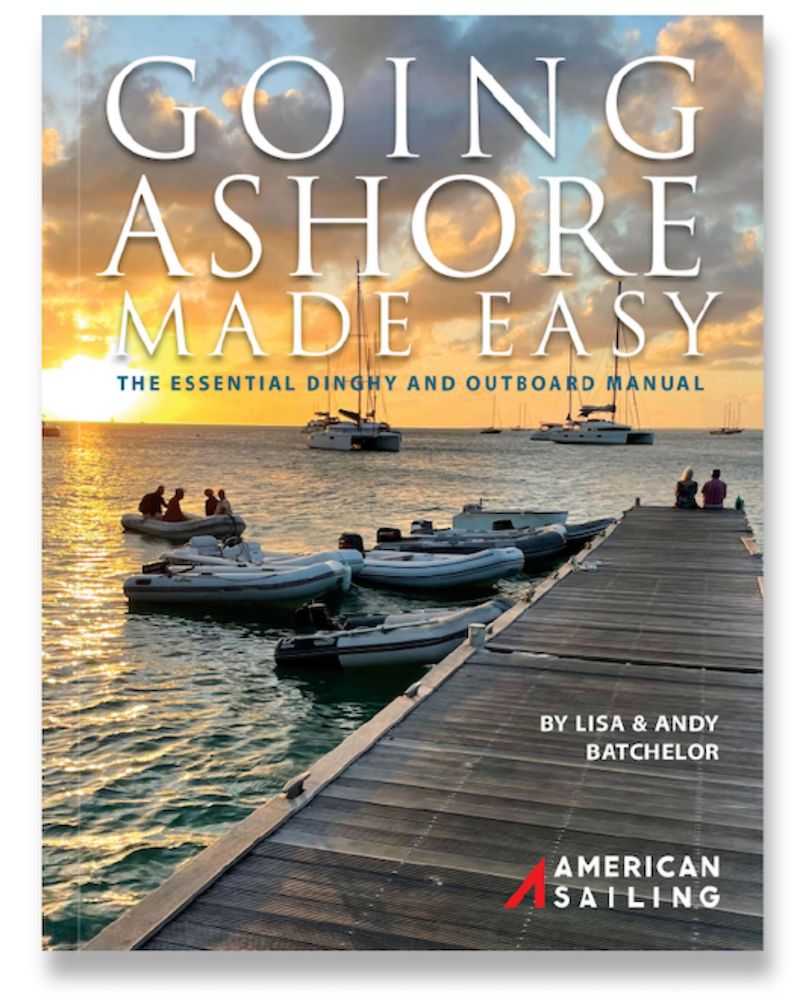
American Sailing is proud to announce our latest release Going Ashore Made Easy which hits the stands September 2022. As we lay the final touches on the layout and prepare the book for print we are excited to see how it helps readers become safer, more knowledgeable dinghy operators.
Knowing how to operate and maintain a dinghy and outboard is an essential part of seamanship. Dinghies help us get ashore, transport provisions, and travel between vessels. Going Ashore Made Easy: The Essential Dinghy And Outboard Manual is a must-have for every sailor and powerboater. Reserve your copy today
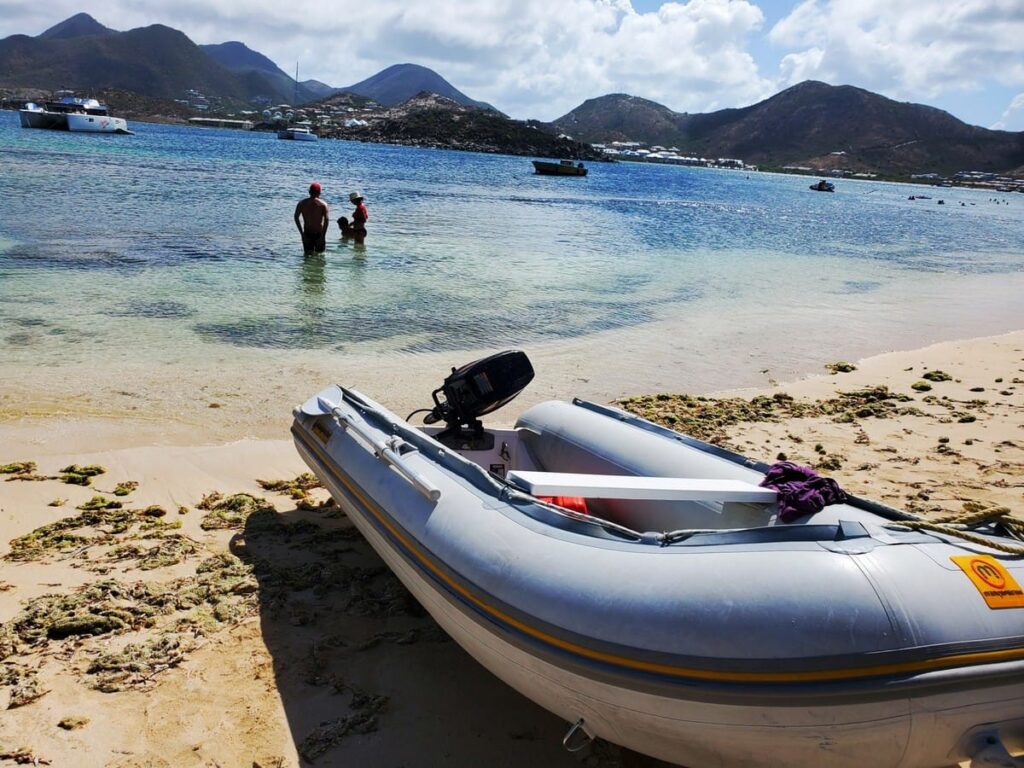
More Dinghy Tips
- When towing the dinghy and stopping to anchor or pick up a mooring, be sure to bring the dinghy alongside the boat in order to prevent fouling a prop with the painter.
- When towing a dinghy experiment to find its best position. Generally, the longer the towline the smoother the tow – about five to six dinghy lengths seems to work well.
- Never attempt a beach landing in surf of any size. Even if you don’t flip the dinghy going in to shore you might not make it back out again.
- Secure your dinghy. Utilize a locking mechanism wherever possible. A stolen dinghy is an easy way to ruin a vacation.

